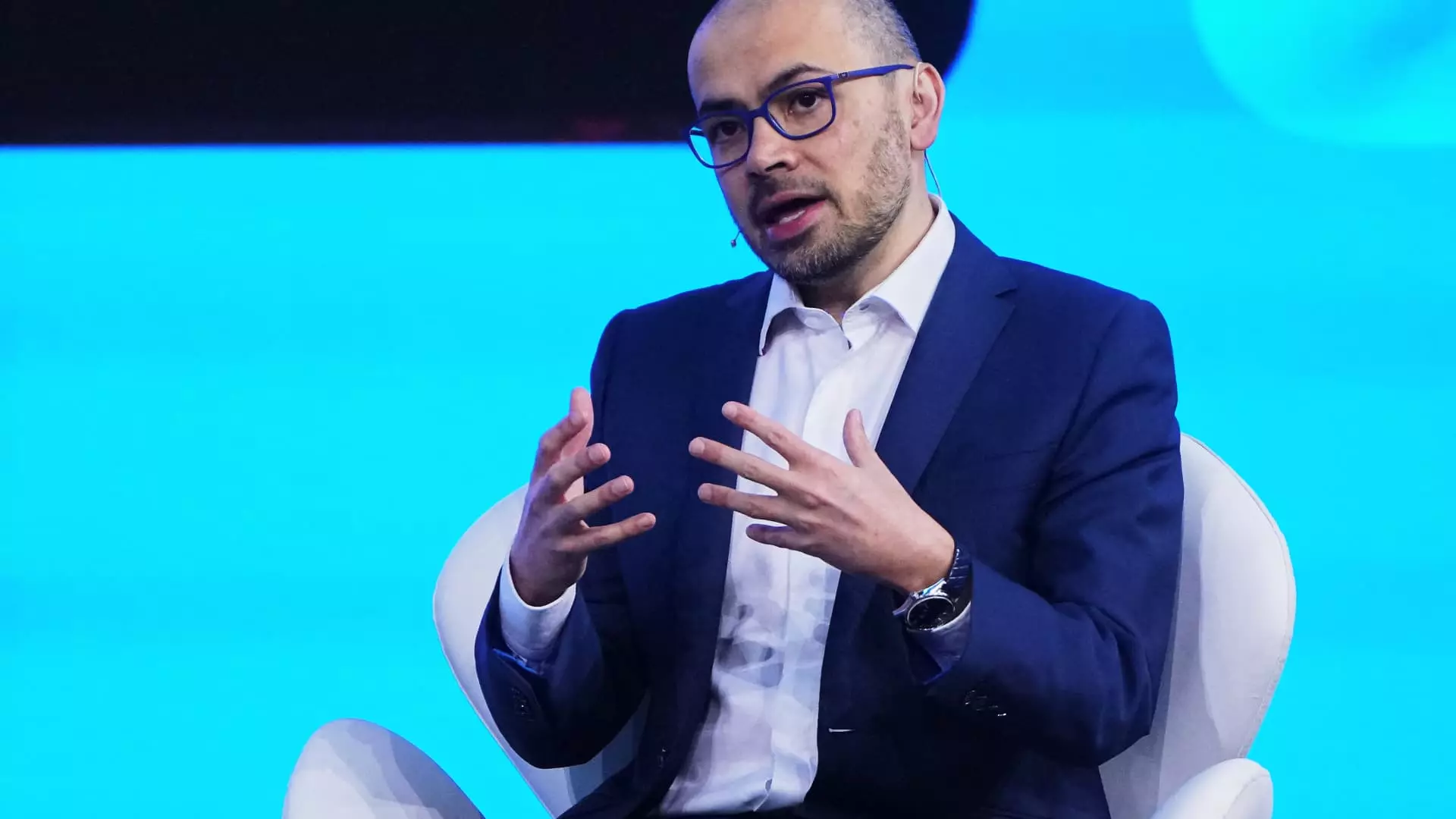The fields of artificial intelligence (AI) and machine learning are in a constant state of evolution, where every new development can turn the tides of innovation, investment, and public perception. Recently, the Chinese AI company Deepseek made headlines with the release of a research paper purporting that its AI model operates at a fraction of the cost compared to its competitors while utilizing lesser-known Nvidia chips. Demis Hassabis, CEO of Google DeepMind, publicly recognized the quality of their work, asserting it might be the best to emerge from China. However, Hassabis also cautioned against placing too much stock in these claims, indicating that the core technological innovations might not be as groundbreaking as they seem.
Deepseek’s announcement sent ripples through global markets, igniting conversations among investors and technology experts alike about the sustainability and transparency of investments in AI infrastructure. The notion that a smaller player could manufacture competitive AI models at a lower cost raised questions regarding the expenditure patterns of major tech companies. Hassabis highlighted that while Deepseek’s engineering capabilities are commendable, the underlying methodologies employed are not new to the AI community. Such sentiments indicate a wider skepticism surrounding the unique nature of Deepseek’s technological advancements.
This skepticism was compounded by subsequent critiques from experts who challenged the company’s cost efficiency claims. Questions arose over the actual expenditure of developing its models and whether a smaller operational cost truly reflects an innovative approach or is indicative of troubling compromises in quality and capability.
In juxtaposition to Deepseek’s claims, Demis Hassabis presented the latest AI models from Google, namely the Gemini 2.0 Flash models, as crucial competitors poised to redefine the efficiency benchmarks of AI applications. This opens a conversation about the roles that well-established players like Google have in shaping not only AI technology but also market perceptions about newer entrants. Could it be that the hype surrounding Deepseek, while deserving of acknowledgment, is ultimately being overstated in light of existing advancements by industry leaders?
Furthermore, the dialogue surrounding the future of artificial general intelligence (AGI) has garnered renewed attention, particularly amidst the claims made by numerous AI executives about nearing the realization of true AGI. Hassabis believes that humanity could be on the brink of a revolutionary breakthrough that mimics human cognitive abilities. This assertion is backed by sentiments echoed by other leaders in the tech field, suggesting a shared belief in the proximity of AGI.
As these discussions progress, it is essential to balance optimism about technological advancements with caution regarding the implications of AGI. The thought that highly autonomous systems could surpass human intelligence introduces a plethora of ethical and governance dilemmas. Prominent AI scientists have voiced concerns about losing control over systems with vast capabilities, suggesting that proactive measures to mitigate potential risks should be non-negotiable. As the field advances, the importance of instituting regulations and ethical standards becomes a critical focus area for tech companies and policymakers alike.
Ultimately, while Deepseek’s endeavors represent an interesting case in the global AI discourse, the conversation must extend beyond mere acknowledgment of impressive outputs. Demis Hassabis’s insights underline the importance of rigorous analysis in discerning true advancements from the myriad claims jockeying for attention in a crowded market. As the tide turns towards AGI, it becomes imperative for all stakeholders—developers, investors, and regulatory bodies—to engage in dialogue that acknowledges innovation while concurrently addressing the inherent risks it creates. The road to AGI may be fraught with challenges, but with collective vigilance and ethical foresight, society can strive to harness its potential responsibly.

